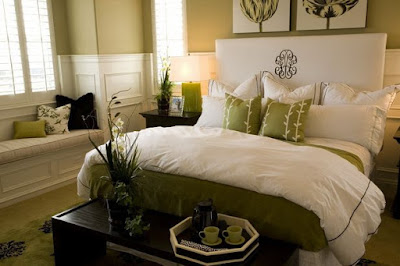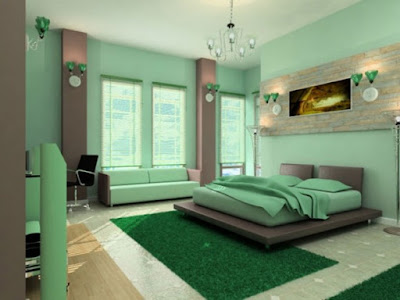How to Paint Rounded Corners
Things You'll Need
- Painter's masking tape
- Paint
- Rollers
- Paintbrush
Choose the two paint colors that you would like to use for the adjoining walls. You can choose two similar colors or two completely different colors, depending on your decorating preference. Obtain your paint and other painting supplies at your local hardware store.
Apply the sticky side of the painter's masking tape on one of the edges of the rounded corner, starting at the ceiling and follow it down the length of the wall in a straight line. The edge of the corner can be found where the round area becomes straight. Creating a line with tape in the middle of the rounded corner may not yield good results due to the difficulty in getting a straight line on a rounded corner.
Press the tape down on to the wall carefully and rub it with your hand from top to bottom to ensure that it sticks to the entire length of the wall evenly. This will help reduce the risk of paint seeping under the tape when you begin to paint.
Paint the wall with your darkest color first, using the darker color to wrap around the corner. Apply a second coat of paint if additional coverage is necessary.
Allow the paint to dry thoroughly, according to the paint manufacturer's instructions. Letting the paint dry overnight is a good idea to ensure that it is completely dry prior to removing the painter's masking tape.
Remove the painter's masking tape from the wall carefully. Once the tape is removed, you should see a straight line of your dominant color at the edge of the curve.
Paint the second wall with your other color, applying two coats of paint if necessary. You will need to paint the area where the two colors meet by hand with a paintbrush to ensure straight and even coverage.












Comments
Post a Comment